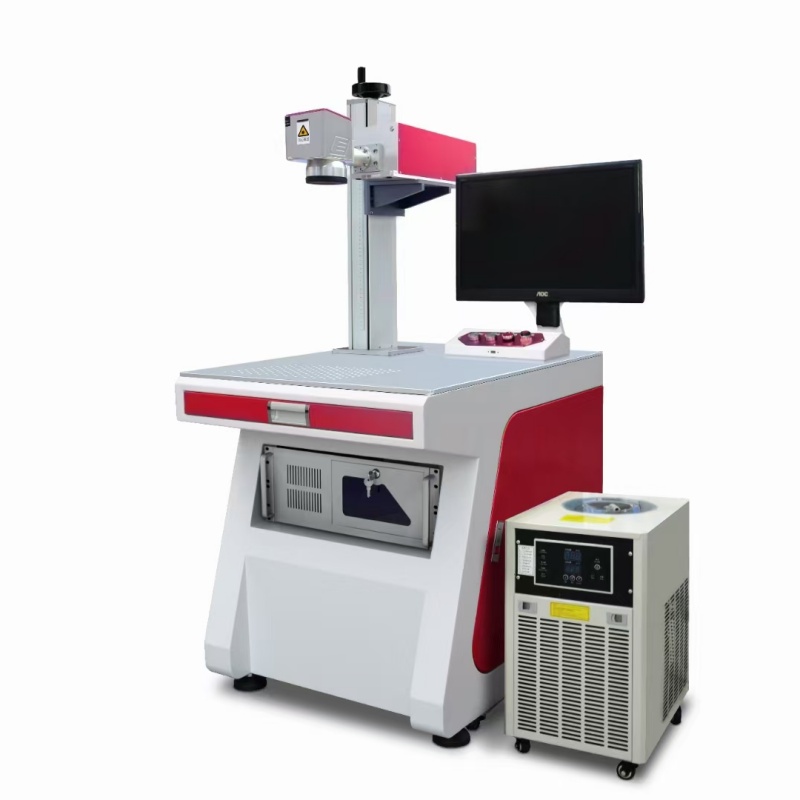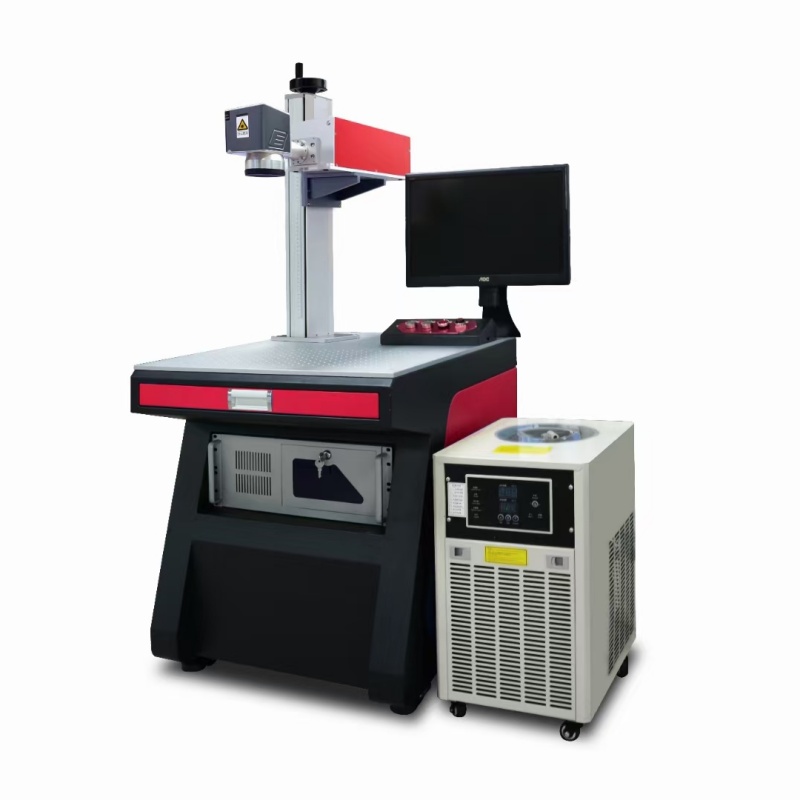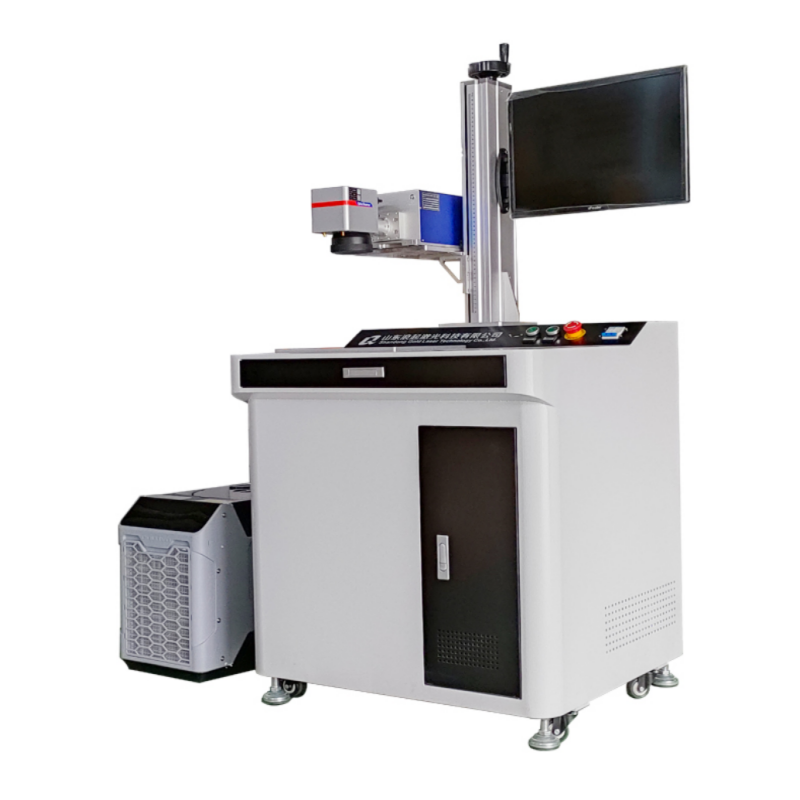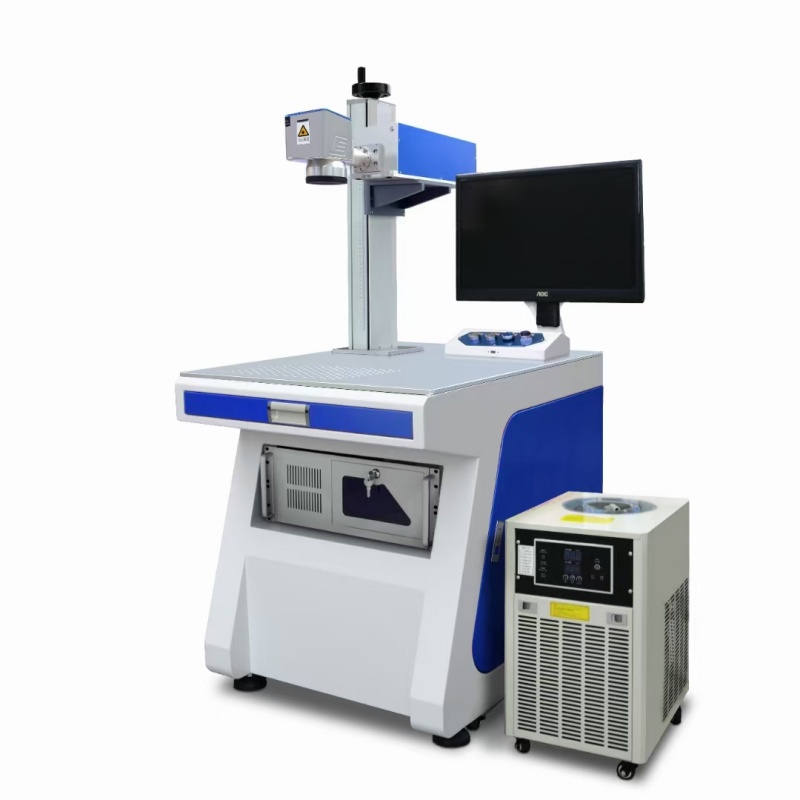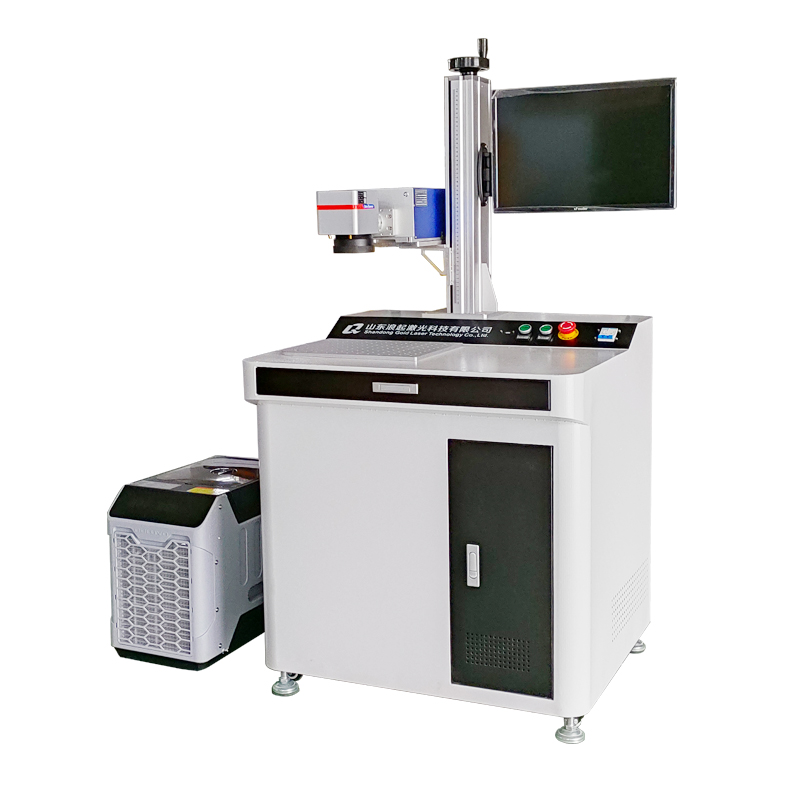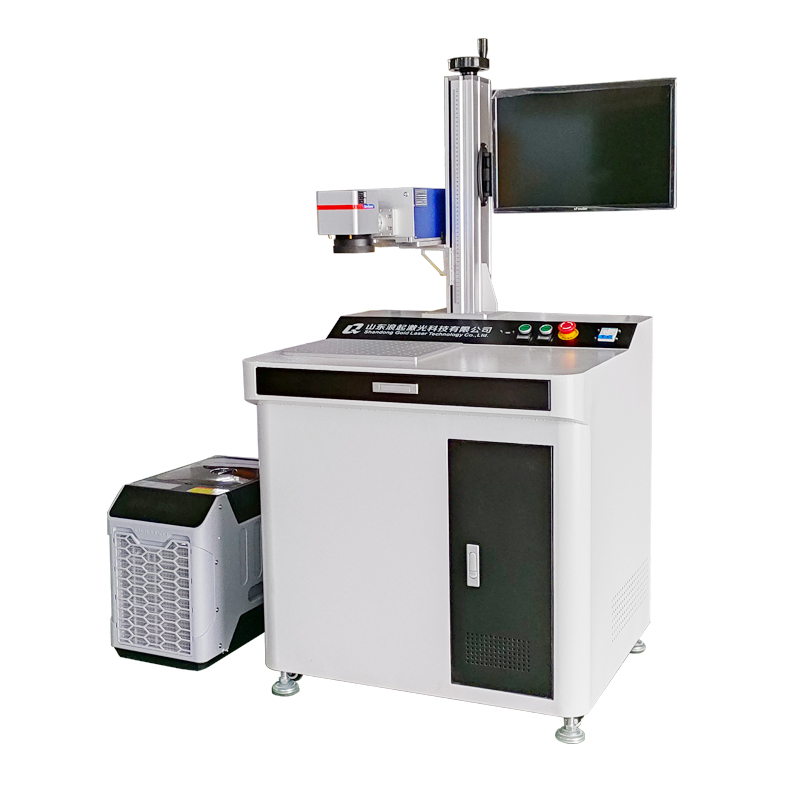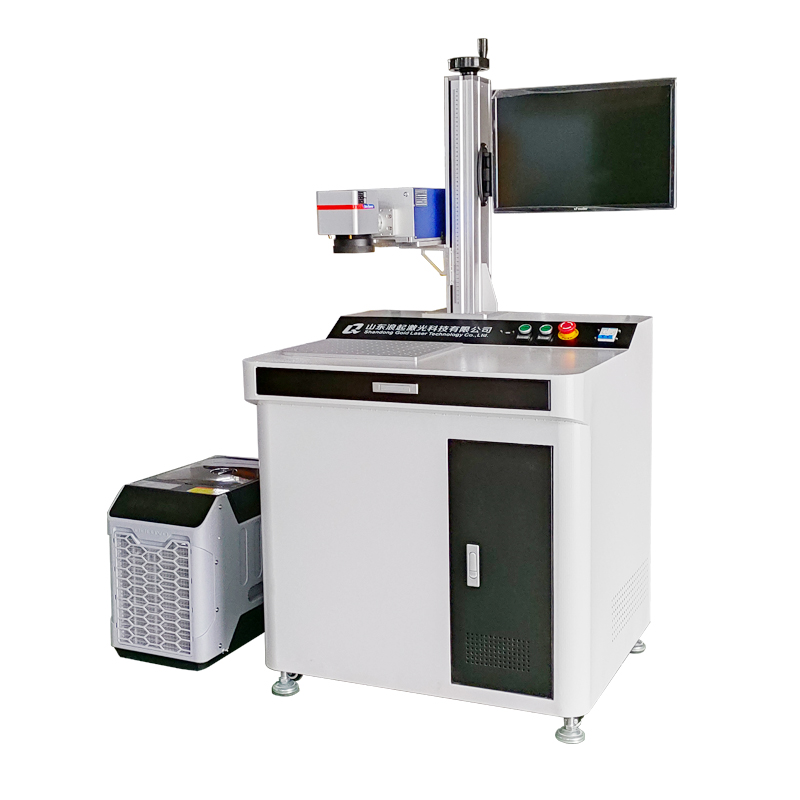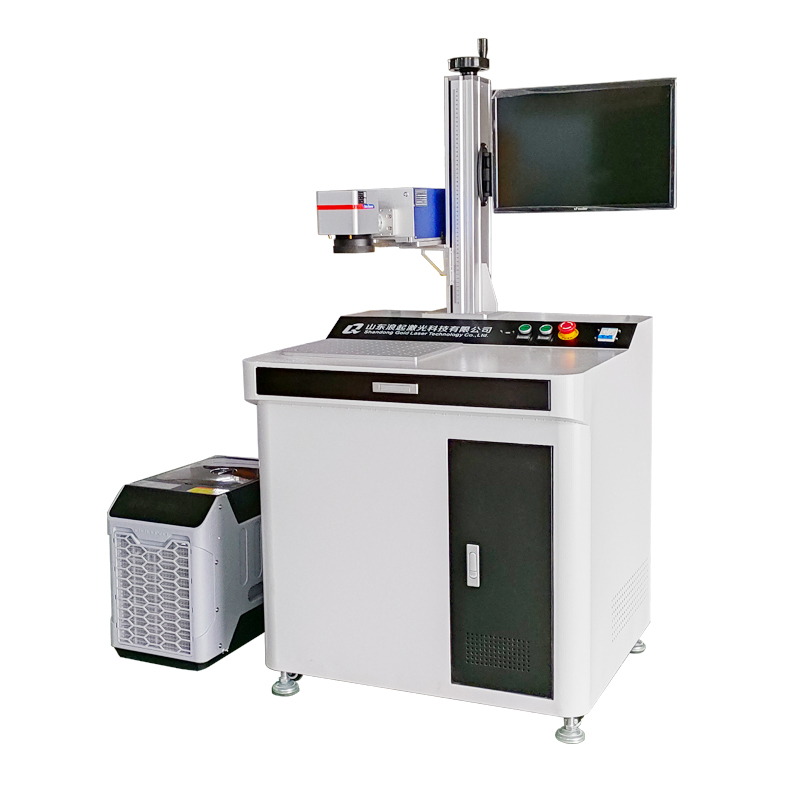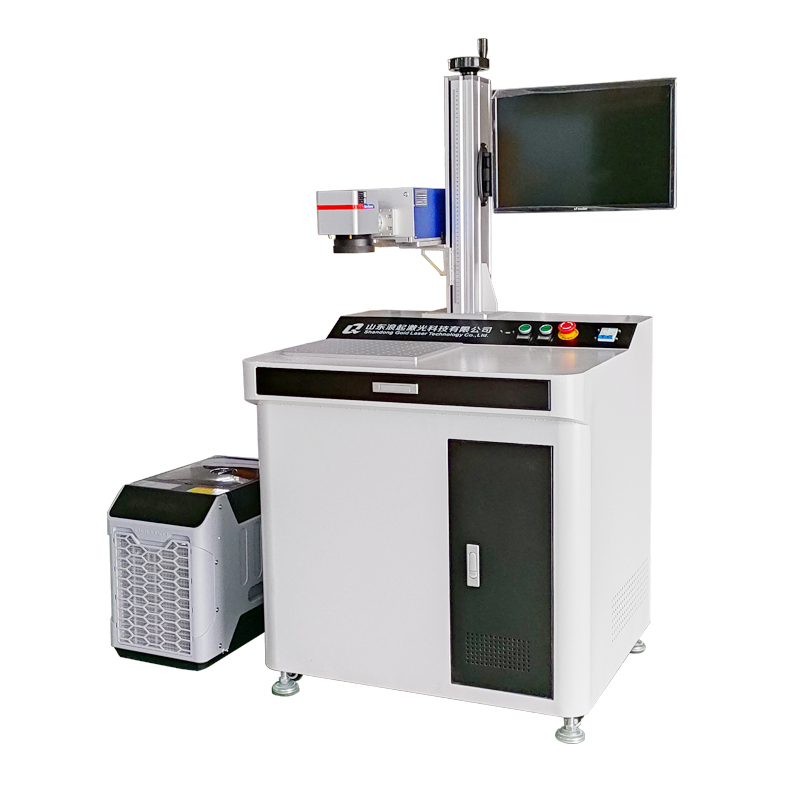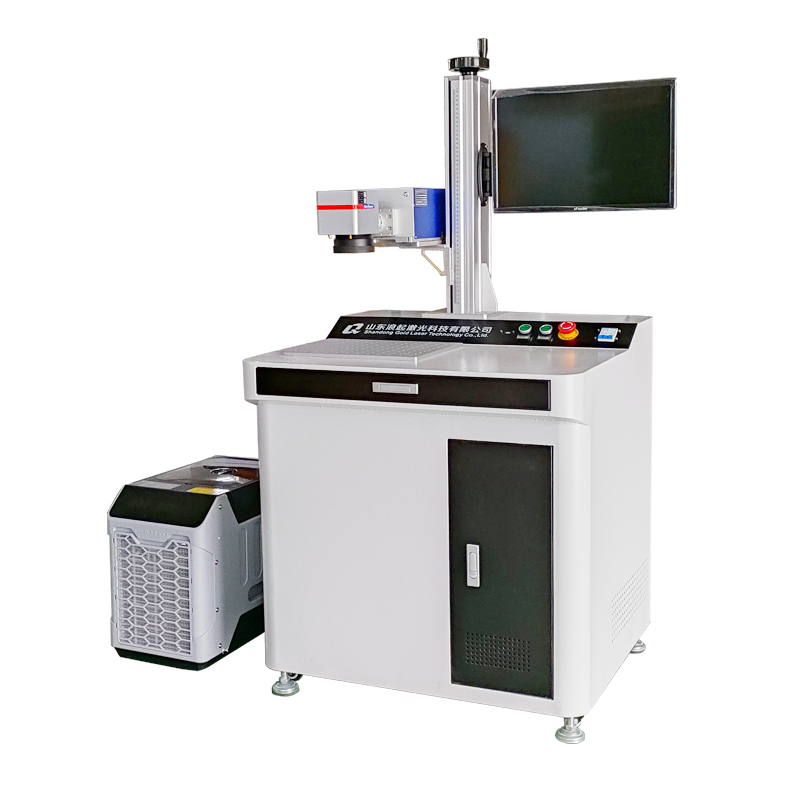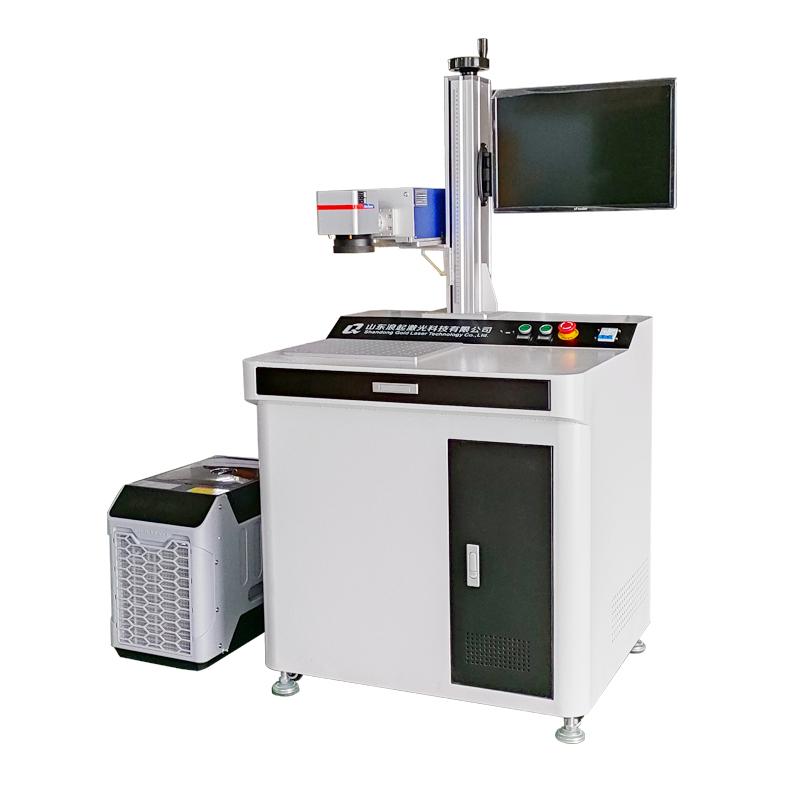UV laser marking machines are highly effective for marking flexible materials due to their precision, non-contact process, and minimal heat-affected zones. Here’s a detailed guide on using a UV laser for marking flexible substrates:
1. Why Use a UV Laser for Flexible Materials?
Cold Marking: UV lasers operate at shorter wavelengths (355 nm), reducing heat generation and preventing melting or deformation of sensitive materials.
High Precision: Ideal for fine details, small text, barcodes, and intricate designs.
Wide Material Compatibility: Works well with plastics, films, silicone, rubber, PET, PVC, polyimide (Kapton), and thin metals with coatings.
2. Key Applications
Medical Devices: Marking tubing, catheters, and silicone parts.
Electronics: Flexible PCBs, RFID tags, and thin-film circuits.
Packaging: Food-grade films, labels, and tamper-evident seals.
Automotive: Rubber gaskets, silicone keypads, and cable markings.
3. Optimal Parameters for UV Laser Marking on Flexible Materials
Laser Power: 3W–10W (adjust based on material sensitivity).
Pulse Frequency: 20–80 kHz (higher frequencies reduce heat buildup).
Scanning Speed: 100–1000 mm/s (faster speeds minimize thermal impact).
Spot Size: Fine focus (30–50 µm) for high-resolution marks.
Passes: 1–2 passes to avoid material damage.
4. Material-Specific Considerations
Silicone/Rubber: Use low power to prevent burning; often results in high-contrast marks.
PET/PVC Films: Avoid excessive energy to prevent warping or discoloration.
Polyimide (Kapton): Produces clean, dark marks without charring.
Adhesive Labels: Ensure the laser doesn’t vaporize the adhesive layer.
5. Advantages Over Other Lasers (Fiber, CO₂)
Less Thermal Stress: Unlike fiber or CO₂ lasers, UV lasers minimize heat, critical for thin/flexible materials.
No Need for Additives: Some materials require laser-sensitive additives for marking with other lasers, but UV lasers often mark directly.
6. Challenges & Solutions
Material Thickness: Very thin films (<0.1 mm) may require power adjustments to avoid perforation.
Curved Surfaces: Use a rotary attachment or adjustable Z-axis to maintain focus.
Reflective Materials: Anti-reflective coatings may help if the material reflects UV light.
7. Post-Processing
Usually not required, as UV lasers produce clean, residue-free marks.
For adhesive materials, ensure marking doesn’t compromise adhesion.
8. Machine Recommendations
Desktop UV Lasers: Suitable for small parts (e.g., 3W–5W systems).
Galvo-Based Systems: High-speed marking for production lines.
Integrated Vision Systems: For precise alignment on flexible/film materials.

